Introduction
In recent years, there has been an unequivocal surge in the interest in indoor gardening, with homeowners increasingly seeking to bring a piece of the natural world into their living spaces. This trend is not just about aesthetics or air purification; it's also about creating a harmonious and healthy living environment. However, for pet owners, particularly those with cats, an added layer of consideration is necessary when selecting indoor plants. While many species of ivy are beloved for their cascading greenery and hardiness, not all are safe for our feline friends. Choosing pet-safe plants is not just a preference—it's a responsible lifestyle choice.
In this comprehensive guide, we will explore the intricacies of ivy plants, address the common concerns about their toxicity, and provide you with viable, safe alternatives that allow you to enjoy the beauty of ivy without compromising the wellbeing of your pets. As we delve into this topic, we will also introduce you to some of our top picks here at Plantology, ensuring your home can flourish with life while remaining a safe haven for your cats.
Understanding Ivy and Its Varieties

Differentiating Between Ivy Species
The lush, trailing elegance of ivy plants has made them a popular choice for indoor and outdoor greenery. However, not all ivy is created equal, especially when it comes to pet safety. Understanding the differences between the varieties is key to making informed choices.
Common Ivy Species Known to Be Toxic
Several types of ivy are unfortunately toxic to cats. Perhaps the most well-known is English Ivy (Hedera helix). This classic ivy species contains triterpenoid saponins, which can lead to gastrointestinal issues and more severe symptoms in cats when ingested. Other commonly found toxic ivies include Devil’s Ivy (Epipremnum aureum, also known as Pothos) and Algerian Ivy (Hedera canariensis), both of which pose significant health risks to pets.
Overview of Safe Ivy Alternatives for Cats
While some ivy plants are hazardous for your feline companions, there are several alternative plants that mimic the aesthetic appeal of ivy while being non-toxic. By selecting these safe options, you can ensure your indoor garden is both visually pleasing and pet-friendly.
Ivy Plants Known to Be Safe for Cats

Swedish Ivy (Plectranthus verticillatus)
Swedish Ivy, despite its name, is not a true ivy but offers a similar trailing appearance with bright, vibrant foliage. It is non-toxic to cats, making it a perfect choice for households with pets. This plant is excellent for hanging baskets and can quickly add greenery to your space without posing a threat to your curious feline friends.
Grape Ivy (Cissus rhombifolia)
Another fantastic substitute is Grape Ivy, which provides a lush, leafy appearance without the toxic concern. Its tendrils and distinct leaf shape offer an interesting visual texture for your home. Grape Ivy is not only safe for cats but is also relatively easy to care for, thriving in a variety of environments.
Baby’s Tears (Soleirolia soleirolii)
Though not an ivy, Baby’s Tears offers a similar enchanting look with its tiny, delicate leaves and cascading habit. Not only are they safe for cats, but they also provide a delightful green carpet effect in planters and terrariums. Their vivid green foliage is sure to add a soft touch to any room.
Plantology Picks for Pet-Friendly Spaces

If you're seeking to expand your plant collection responsibly, consider our other pet-safe offerings at Plantology. For instance, our Alexander Palm and Adonidia Palm provide striking, tropical aesthetics that are safe for your furry companions. Explore our full range for more options that cater to both your decorative needs and pet's safety.
Caring for Your Pet-Friendly Ivy Alternatives
Light Requirements
While each plant may have specific lighting needs, most ivy alternatives thrive in bright, indirect light. Swedish Ivy and Grape Ivy are particularly adaptable, able to tolerate lower light conditions, which makes them excellent for indoor environments.
Watering Guidelines
Proper watering is crucial for maintaining healthy ivy look-alikes. Generally, these plants prefer their soil to be consistently moist but not waterlogged. A rule of thumb is to allow the top inch of soil to dry out before watering again. Overwatering can lead to root rot, so it's important to find a balance based on your environment's humidity and light.
Pruning and General Maintenance
Regular pruning will help maintain the desired size and shape of your plants while promoting healthy growth. Remove any dead or yellowing leaves to allow the plant to direct its energy toward new growth. Many of these ivy alternatives also benefit from occasional fertilization during their growing seasons.
Preventing Pests

Even non-toxic plants can benefit from vigilant pest management. Regularly inspect your plants for signs of pests such as spider mites or aphids. In most cases, addressing infestations early with insecticidal soap or a homemade solution will keep your plants healthy without resorting to harsh chemicals.
Creating a Safe Environment for Cats and Plants
Understanding Feline Behavior and Plant Interest
Cats are naturally curious creatures, often investigating their environment through taste and touch. Recognizing behaviors that may put plants and cats at risk is essential for a harmonious household. Designating specific areas for plants and using deterrents to keep cats away from less accessible areas can prevent unwanted interactions.
Utilizing Plant Stands and Shelving
Elevating your plants using stands or shelves can protect both the plants and your pets. Vertical spaces not only free up floor space but also cater to a cat's desire to explore upwards. Additionally, this setup can help create designated zones where plants can flourish undisturbed by playful paws.
Incorporating Plants into Pet-Friendly Decor
Besides traditional pots and planters, consider incorporating your pet-friendly plants into green walls or hanging displays. These arrangements allow you to maximize greenery in your home while keeping them out of reach of your cats, thereby avoiding potential damage or ingestion.

Conclusion
At Plantology, we understand the need for a delicate balance between cultivating a beautiful home garden and ensuring the safety of your beloved pets. By choosing safe ivy alternatives, you can enjoy the lush, verdant beauty these plants offer without worrying about your cat's health. For those eager to dive deeper into plant care and discover more about pet-safe options, visit our extensive collection of plant varieties.
Let your passion for plants flourish alongside the affection you have for your pets. With the right choices and careful maintenance, a harmonious coexistence is not only possible but wonderfully rewarding. Explore our full range of products to find the perfect pet-safe additions for your home, and embrace the green life safely and stylishly.
How to Select Pet-Safe Plants for Indoor Spaces
When considering the addition of plants to your indoor space, especially in a pet-friendly household, it is essential to be both thoughtful and informed about your choices. With the variety of plant species available, it is crucial to prioritize those that offer aesthetic value without compromising on safety. Here's a guide to help you select the best pet-safe plants for your home:
Research and Identify Potentially Toxic Plants

Before purchasing any plant, it’s important to research and identify species that are commonly known to be toxic to cats. While it is good practice to cross-check any new plant addition against reliable sources such as the ASPCA's list of toxic and non-toxic plants, having a basic understanding of dangerous species can greatly simplify your selection process.
- Be aware of common toxic houseplants such as lilies, philodendrons, and dieffenbachia.
- Consult comprehensive plant care apps or websites that provide detailed toxicity information.
- Join online forums or local gardening groups where pet owners share their experiences with specific plants.
Consult Experts and Nursery Professionals
Another excellent resource when selecting pet-safe plants is to consult professionals. Local nurseries and plant stores often have staff who are knowledgeable about plant toxicity and can guide you toward safe options.
- Visit local plant nurseries that specialize in indoor plants—they can often recommend the best pet-safe species for your particular environment.
- Dive into social media platforms, such as Instagram and Facebook, where plant enthusiasts often share firsthand experiences with specific plant species.
- Consider making use of online consultations with plant care experts who can offer tailored advice.
Environmental and Aesthetic Considerations

Once you've identified the safe options, tailor your plant choices to the specific conditions and decor of your home. Consider factors like lighting, humidity, and aesthetic fit:
- Lighting: Make sure the plants you select are well-suited to the levels of natural light available in your home. Many pet-safe options, like the aforementioned Swedish Ivy and Grape Ivy, flourish in varied lighting conditions.
- Humidity: Assess the natural humidity of your indoor environment. Plants such as ferns thrive in higher humidity, which can be maintained through regular misting or the use of a humidifier.
- Decor Integration: Choose plants that complement your interior design, focusing on color palette, plant size, and pot style. Consider plant species that can be easily incorporated into existing decor, making them a seamless part of your home's aesthetic.
In-Depth Plant Care Tips for Optimal Growth
While choosing the right plants is the first step, ensuring their continued health and aesthetics requires proper care and attention. Below, we delve into more specific plant care guidelines that will help your flora thrive:
Optimizing Environmental Conditions
Understanding and optimizing the environmental conditions in which your plants exist is vital to their growth:
Humidity and Temperature Management
Regularly evaluate the humidity levels in your home, as many indoor plants benefit from higher moisture levels in the air. Using trays filled with water and pebbles or investing in a humidifier can create a favorable microclimate.
- Temperature Consistency: Keep plants away from drafts and sudden temperature changes, such as those caused by air conditioners or heaters.
-
Seasonal Adjustments: Adjust watering and humidity practices with seasonal changes to mimic the plant’s natural outdoor growing conditions.
Nutrient Management and Fertilization

Feeding your plants with the appropriate nutrients is crucial for their growth and vibrancy:
- Organic Fertilizers: Utilize organic fertilizers to enrich your plants’ soil with necessary nutrients during their growing seasons, typically spring and summer.
- Soil Quality: Planting in well-draining quality soil not only supports healthy root systems but also minimizes the risk of water-related diseases.
- Supplementing with Compost: Incorporate compost or worm castings into the soil mix to provide a steady source of nutrients while maintaining soil structure.
Common Challenges and Troubleshooting Tips
A thriving indoor garden doesn't come without its challenges. Here, we address some common issues faced by plant enthusiasts and offer effective solutions:
Identifying and Treating Common Plant Pests
Even the most vigilant plant owners may encounter unwanted pests. Knowing the signs of infestation and treatments can make all the difference:
- Spider Mites: These tiny arachnids can cause significant damage. Look for fine webbing and yellow stippling on leaves. Treat with neem oil or insecticidal soap.
- Fungal Gnats: These small, dark flies thrive in overwatered soil. Allow the top layer of the soil to dry out and use sticky traps or a soil drench to address adults and larvae.
- Aphids: Common on tender new growth, look for clusters and sticky residue. Wash them off with water or apply insecticidal soap.
Addressing Fungal Issues and Root Rot

Fungal issues and root rot can severely impact plant health. Ensuring proper drainage and monitoring watering habits are essential prevention strategies:
- Proper Drainage and Soil Selection: Use pots with drainage holes and select a well-aerated soil blend that mitigates the risk of standing water around root systems.
- Avoid Overwatering: Stick to a consistent watering schedule that reflects your plant's needs; only water when the upper soil layer feels dry.
- Fungal Treatments: Use fungicidal sprays for mild fungal issues. In case of root rot, consider repotting the plant, trimming affected roots, and applying suitable fungicide products.
Interacting With and Training Your Cats Around Plants
Integrating plants into a pet-friendly space inevitably involves interactions between your feline companions and flora. Establishing boundaries and training with positive reinforcement play pivotal roles in sustaining harmony:
Establish Boundaries Through Positive Reinforcement
Teach cats to respect plant spaces through positive reinforcement and creating attractive alternatives for exploration and play:
- Interactive Toys: Distract your cats with engaging toys or designated play areas containing cat trees and scratching posts.
- Praise and Treats: Reinforce appropriate behavior by rewarding your cats when they refrain from touching or disturbing plants.
- Sensory Deterrents: Utilize harmless sensory deterrents, like citrus peels or gentle sprays, to naturally discourage cats from getting too close to plant areas.
Providing Cat-Friendly Plants
Incorporate feline-friendly plants such as catnip (Nepeta cataria), cat grass (Dactylis glomerata), and valerian (Valeriana officinalis) into your home. These not only offer safe, enjoyable stimuli for your cats but also divert attention from non-edible plants.
Creating Cat-Safe Plant Zones
Organize your home to include clearly defined zones where cats and plants can safely coexist:

- Spatial Arrangement: Use height to your advantage by placing plants on shelves or hanging planters out of reach, leaving ground-level obstructions tentatively absent.
- Accessible Alternatives: Provide cat-safe plants at lower levels to allow your feline friend the joy of interacting and giving them something to chew on safely.
Incorporating pet-safe plants into your indoor environment need not be a challenge or risk to either your plant collection or your beloved pets. By being well-informed and strategic in your plant choices and placement, you can cultivate a welcoming, green space that both aids in beautifying your home and fosters a nurturing environment for your cats.
Final Thoughts
Choosing the right greenery for your home when caring for your feline friends may require careful planning, but the rewards are immense. From vibrant foliage that cheers up any room to the ability to safely enjoy the company of your curious cats, a thoughtfully-curated indoor garden is well within reach.
Explore the ever-evolving landscape of interior decor with truly pet-conscious choices at the forefront, and know that safety and style can indeed go hand in hand. Visit Plantology for a curated selection of pet-friendly indoor plants, and embark on your journey to achieve a harmonious, greener world right within your cozy home.
Happy planting—and may

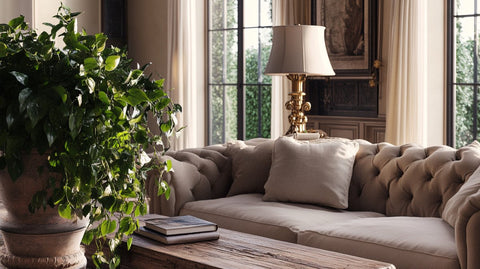

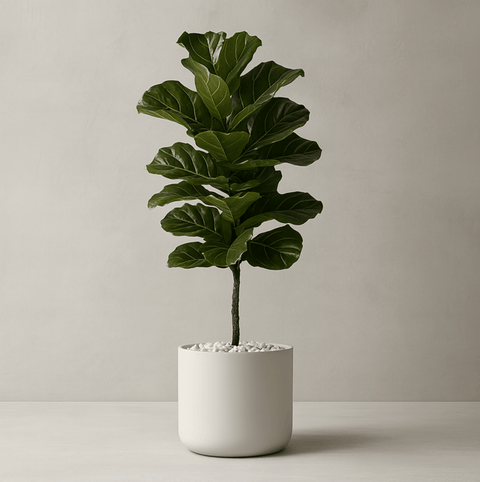
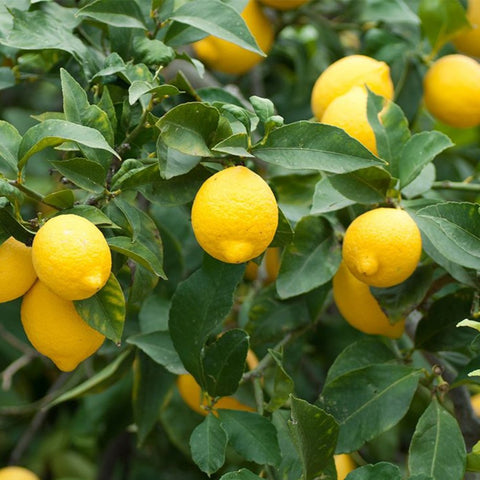
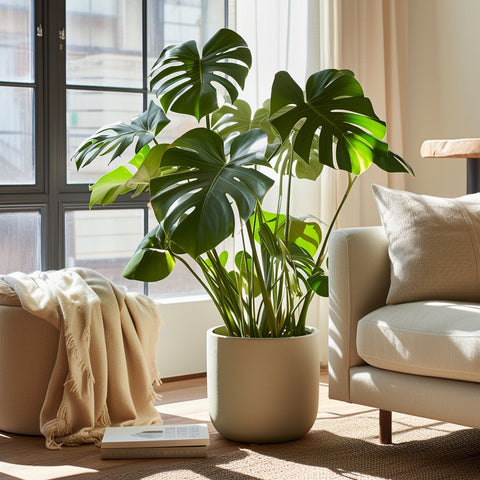
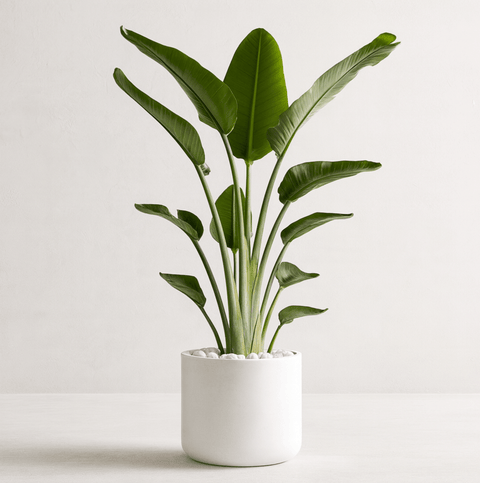
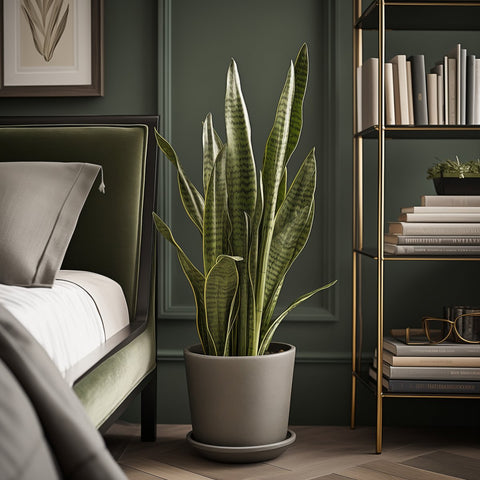
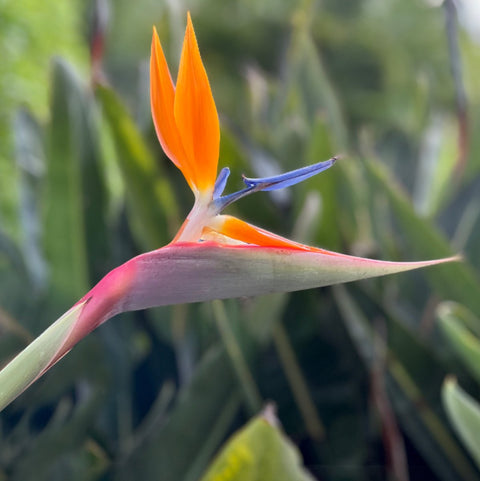
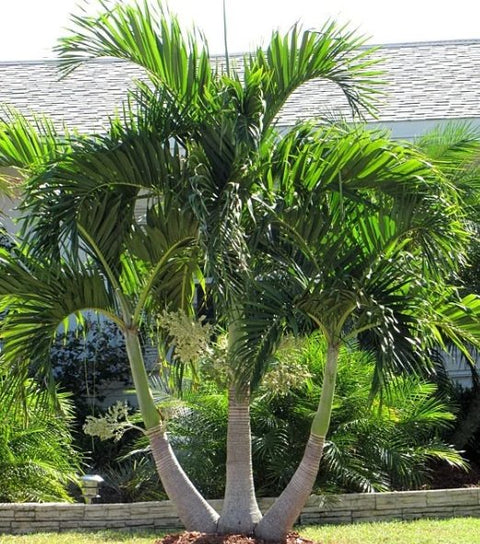
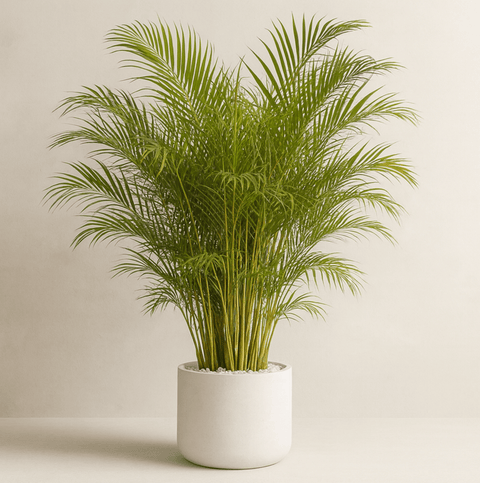
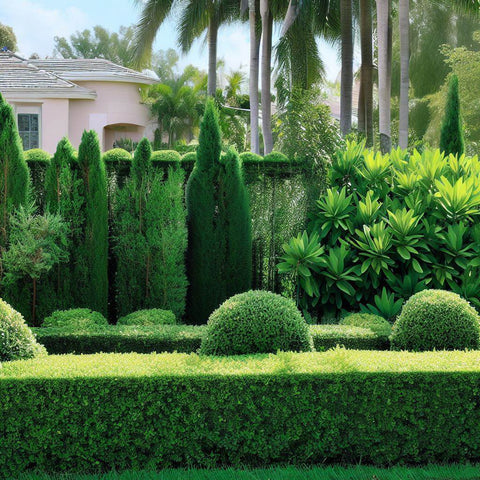
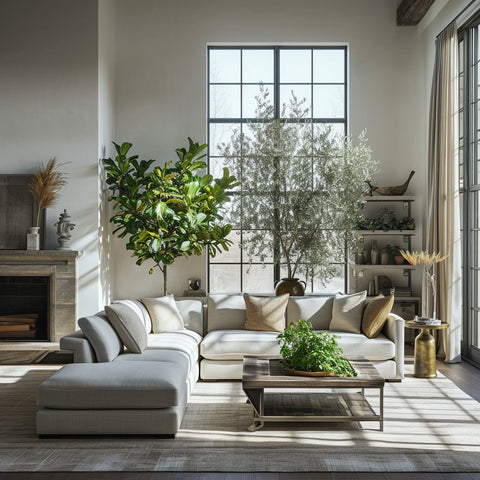
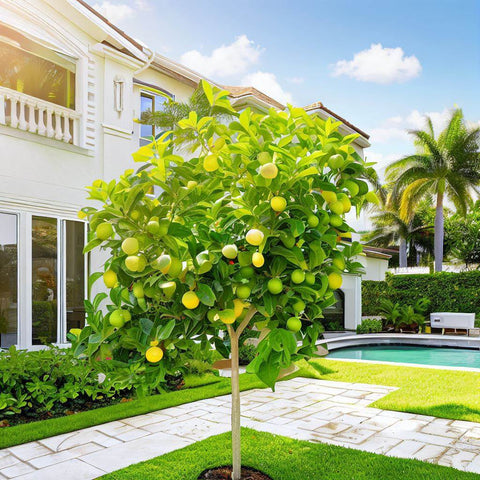
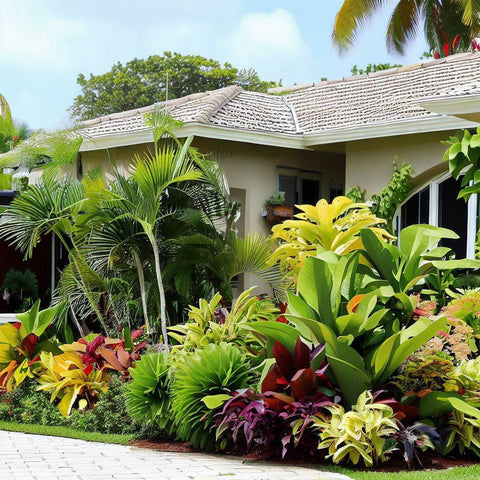

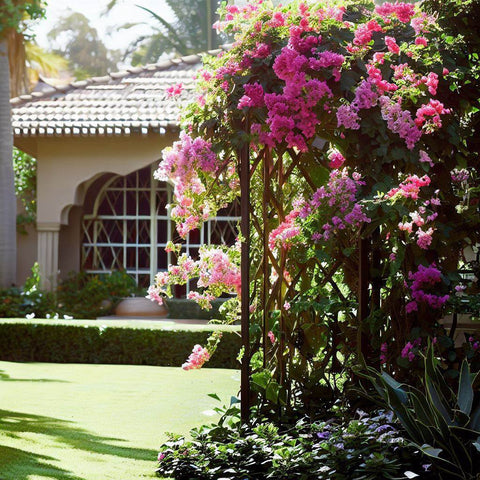
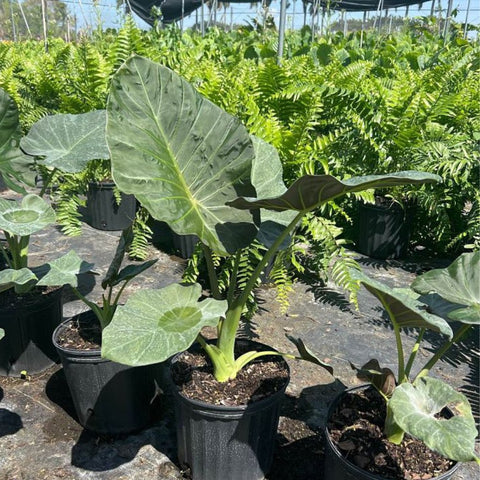
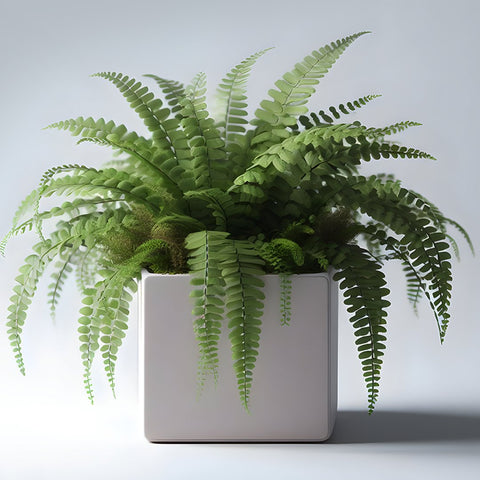
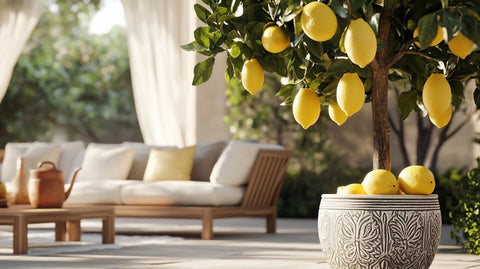
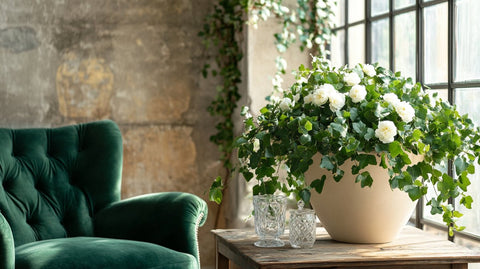

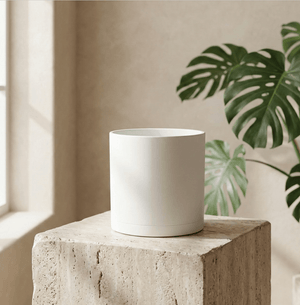
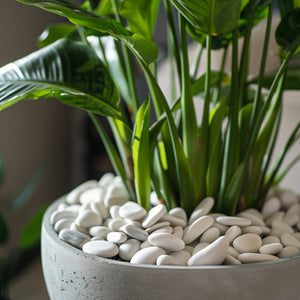
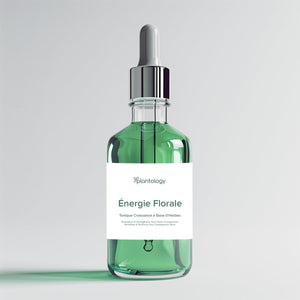
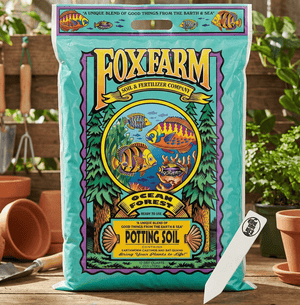
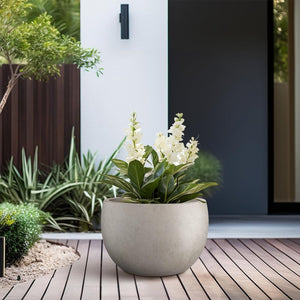
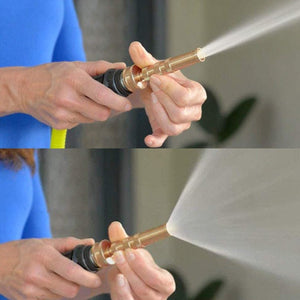

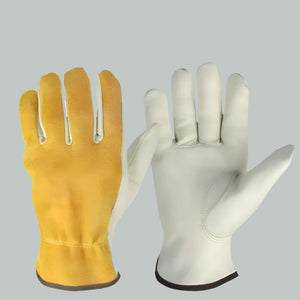
Comments (0)
There are no comments for this article. Be the first one to leave a message!